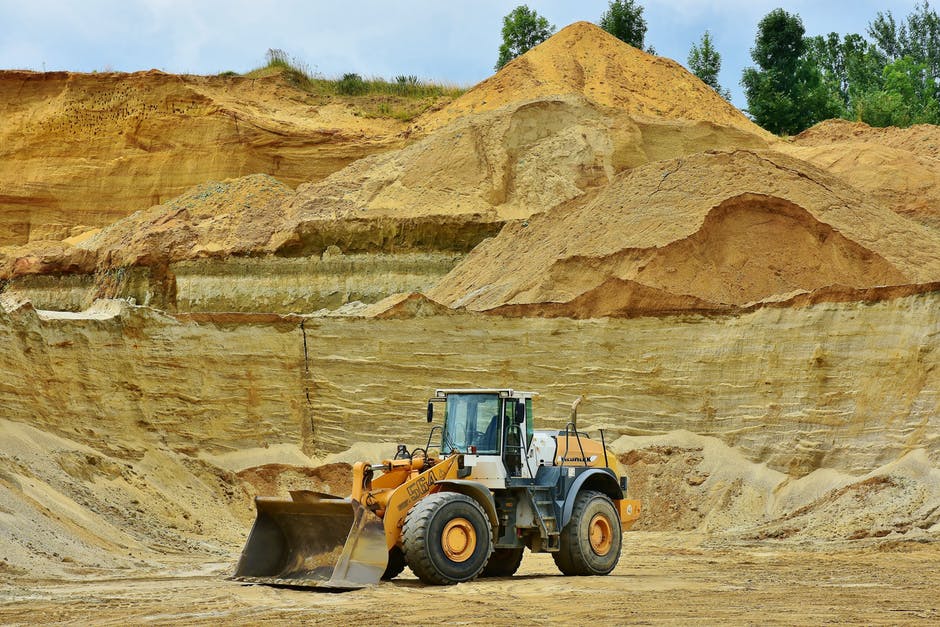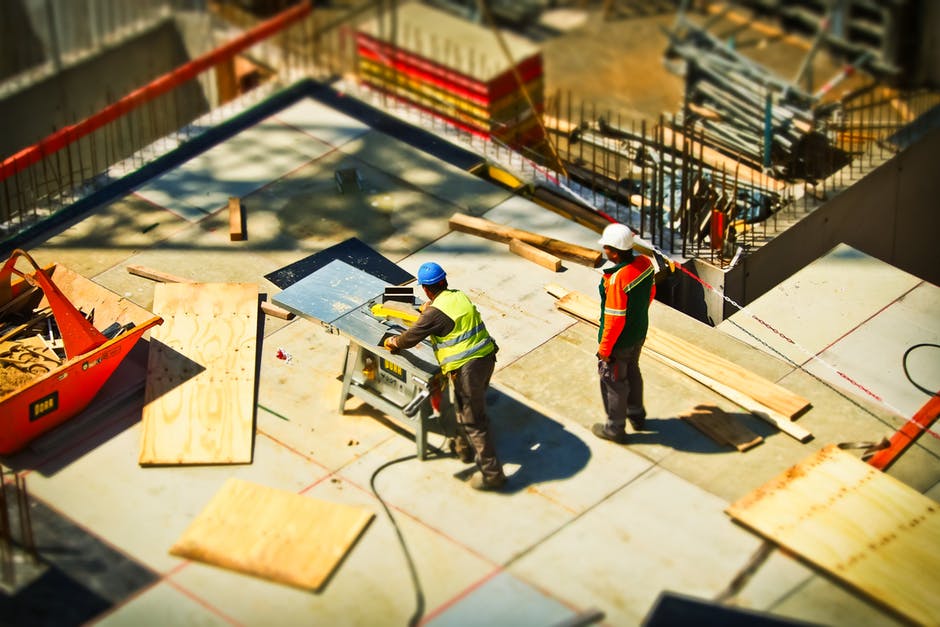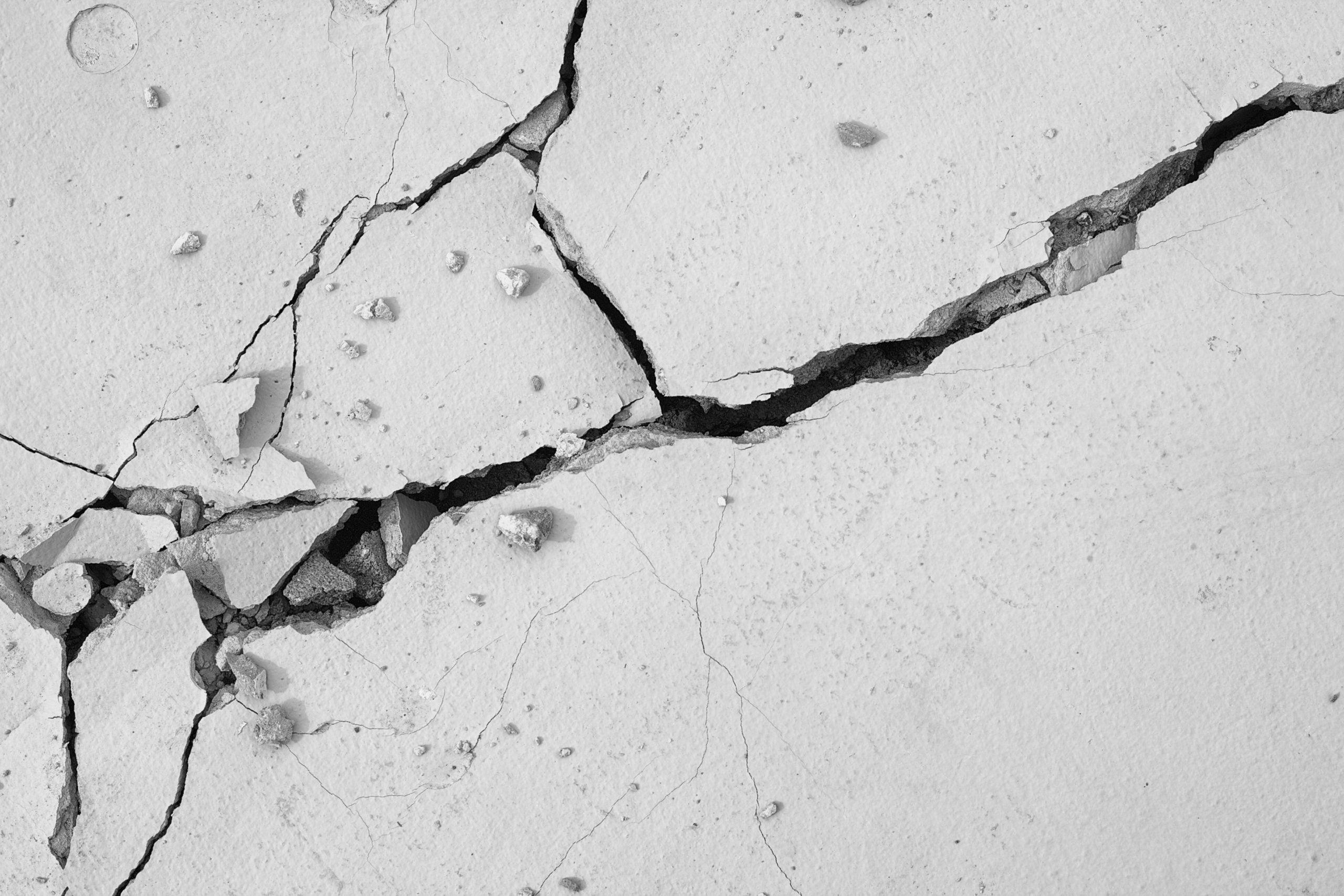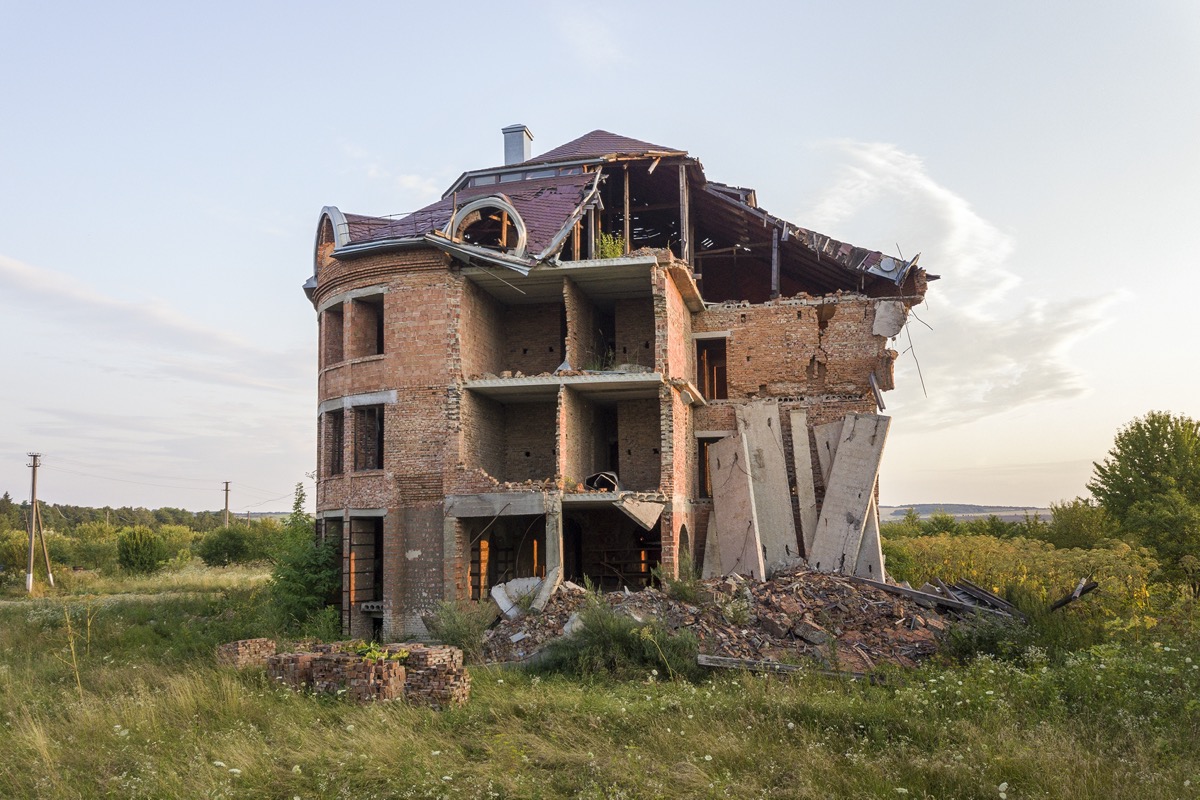River Sand or Bajri, refers to the loose, fragmented, and naturally-occurring material consisting of very tiny particles of decomposed shells, corals, or rocks. Apart from being an important part of the river, sand plays a crucial role in the construction industry. Currently, it is one of the most required material for the construction process and is being widely used and utilised all across the globe to offer bulk, strength, and other properties to building materials like concrete and asphalt.
When we picture sand spread across tranquil beaches and endless deserts, we understandably think that it is an infinite resource, but the reality is totally opposite. Yes, our world is facing a global sand crisis. Skyrocketing demand, along with unregulated mining to meet it, is creating the faultless recipe for sand shortages. There are plentiful evidences that strongly say, sand is becoming increasingly scarce in many regions. States like Maharashtra, Rajasthan, Uttar Pradesh and Karnataka are becoming a mafia due to limited sand supplies.
Sand Mining: Solution Or A Threat?


As the demand for sand continues to increase, sand mining seemed to have popped up as one perfect solution to meet the demand. But, sand mining has been causing huge environmental damage.
Extreme instream sand mining is causing degradation of rivers. It is also lowering the stream bottom, which can ultimately lead to bank erosion. Diminution of sand in the streambed and along the coastal areas can cause deepening of rivers and estuaries, and the expansion of the coastal inlets and river mouths. Saline-water intrusion is another negative effect of sand mining. The consequence of mining is compounded by the effect of sea level rise. Also, any volume of sand exported from the streambeds and coastal areas is a damage to the system.
Irresponsible sand mining is also a huge threat to the river banks, bridges, and nearby structures. It also affects the contiguous groundwater system and the usages that local residents make of the river.
Sand mining can be responsible for the destruction of riparian and aquatic habitat through huge changes in the channel morphology. Effects include bed coarsening, bed degradation, lowered water tables adjacent the streambed, and channel volatility. These physical effects cause degradation of aquatic and riparian biota and may lead to the deflation of bridges and other structures. Constant extraction can also cause the complete streambed to destroy to the depth of excavation. Sand mining also engenders extra vehicle traffic, which undesirably damages the environment.
Other Striking Issues Of Mining:
- Air Quality
One of the air quality issue with mining is dust particles. Huge amounts of dust particles can be highly hazardous to health and can result in exacerbating respiratory disorders like asthma, bronchial passages and irritation of lungs.
- Water Quality
Mines can affect the quality of surface runoff and groundwater through contamination with suspended and dissolved materials.
- Land Surface Disturbance
The characteristics of mineral deposits and the kind of mining both have a huge impact on the landscape. Underground mining can cause surface disturbance and rehabilitation and surface mining can cause the destruction of the existing vegetation and soil profile. Elimination of waste rocks and its replacement in waste dumps or the mined-out pit totally transform the stability and topography of the landscape.
Value of construction industry grew at an astounding annual rate of 15.10 percent even in the economic slowdown and has contributed around 7.5-8.5 percent of the country’s GDP (at current prices) for the past 8 years. The people in the construction industry have just begun to go green, but currently, they do not have any practical answer to this very critical question, this is quite embarrassing isn’t it? Well, while most of us fail in answering this question, here are some alternatives which can definitely help in creating that positive impact.
Alternatives For Sand That Are Perfect For Construction Purposes


The overuse of river sand in construction as we already mention has various undesirable social and ecological consequences. As a solution to this, here are few alternatives which can be considered.
- Manufactured Sand (M Sand)
- Processed Crushed Rock Fines (Crf)
- Slag Sand
- Powdered Glass
- Granite Fines/Slurry
- Dune Sand
- Processed Quarry Dust
- Washed Soil/Filtered Sand
- Offshore Sand
- Fly Ash/ Pond Ash/ Bottom Ash/
- Copper Slag Sand
- Construction Demolition Waste
- Aluminium Saw Mill Waste
The Need Of The Hour
Currently, the alternatives to sand (like m-Sand, copper slag, recycles construction waste and powdered glass are progressively being used in many EU nations, US and Singapore. The use of such materials needs to be encouraged in our Indian construction too.
Striking a balance between increasing needs of the construction industry and environmental concerns to save river beds amongst excessive sand mining is the need of the hour. The government needs to take stringent steps and come out with a policy for sand mining and encourage the use of alternatives because as long as our national regulations will be lightly enforced, harmful effects will continue to occur.
Curated by editor at Wienerberger India
Like this story? Or have something to share? Write to us: gosmartbricks@gmail.com or connect with us on Facebook and Twitter.









